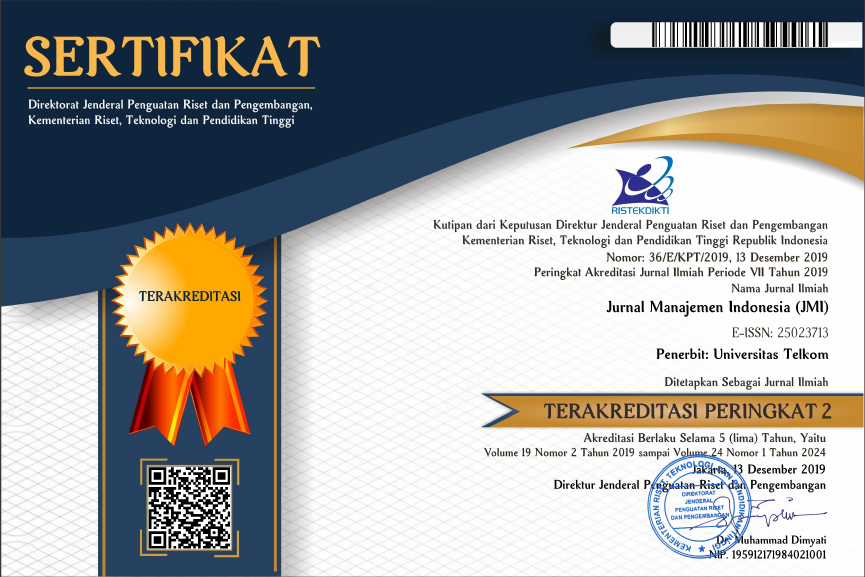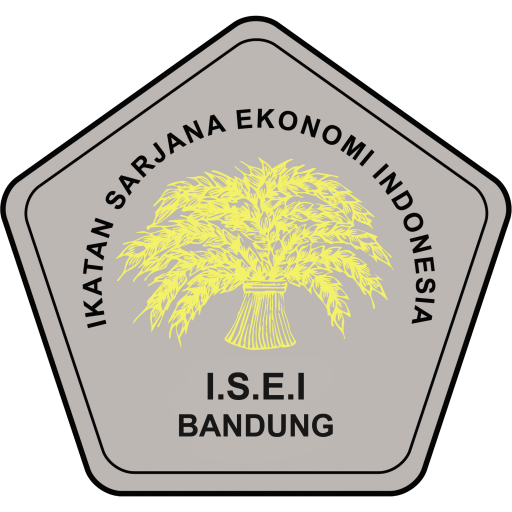PEMODELAN DISTRIBUSI TINGKAT IMBAL HASIL INDEKS HARGA DI TUJUH BURSA ASIA
Abstract
This paper examines the return distributions of 7 markets in the Asian region, namely Hongkong, Indonesia, Malaysia, Korea, Japan, Shanghai, and Singapore, to find out whether the return distributions in those markets follow a specific distribution. Using data from January 2000 to September 2009, the return distributions of each market were constructed and was first fitted to the normal distribution to find out whether or not each market behaves according to the standard theory of finance and investment – which stated that the financial time series follow a random walk – and thus would fit the normal distribution. The result of fitting the return distributions of the 7 markets to normal distribution shows that none of the return distributions follows the normal distribution as evident from the leptokurtic phenomena marked by the excess kurtosis compared to the normal distribution curve and also from the fatter than normal distribution tails and the existence of returns that lie outside the area predictedby the normal distribution.The return distributions were then fitted to a series of theoretical probability distribution. Each of the distribution was fitted to the theoretical. The results are: the Hongkong and Shanghai markets follow the Laplace distribution while the other five markets: Indonesia, Malaysia, Korea, Japan, and Singapore follow the Johnson SU distribution.
Downloads

This work is licensed under a Creative Commons Attribution-ShareAlike 4.0 International License.











